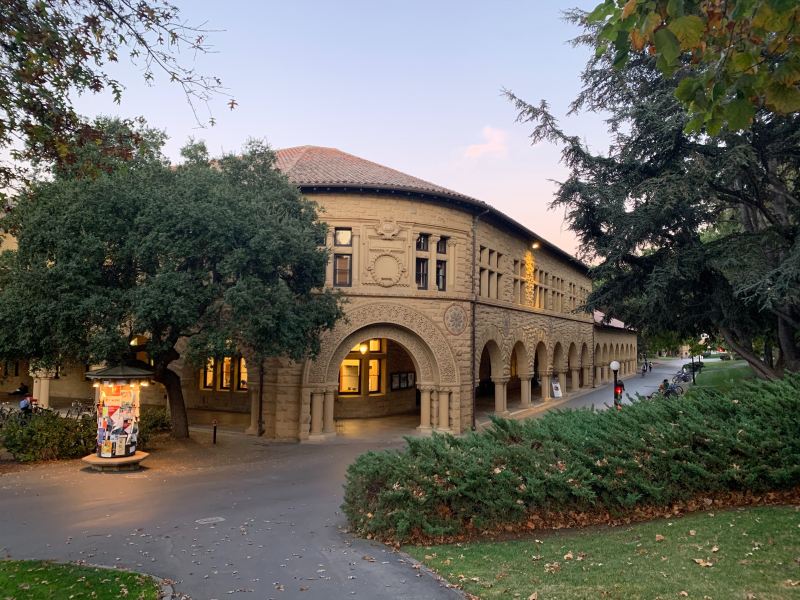“What we are doing right now is piecing together the most important leads that we have from the Martian environment,” said Harvard environmental science and engineering associate professor Robin Wordsworth to an audience at the Geology Corner.
Wordsworth visited campus on Tuesday to deliver a lecture on the climate and habitability of Mars. The seminar, sponsored by Stanford’s Department of Geological Science, explored the potential of life on Mars through a geological lens.
In understanding the evolution of the Martian climate, Wordsworth hopes to provide a more comprehensive view of the planet that humans could potentially inhabit one day. His research focus is on climate, and he noted that tracking the evolution of the climate on Mars would offer an explanation for the question about the planet’s transition in climate and temperatures.
“The surface of Mars, by basic climate theory, should have been extremely cold due to the faintness of the young sun,” Wordsworth said.
Wordsworth’s 3D climate models illustrate that the early Martian climate was likely cold, with snow and ice accumulating in the southern highland due to the adiabatic cooling effect, or the process of reducing heat through a change in air pressure, under a thicker atmosphere.
“The explanation that best fits the evidence and physical constraints for this climate pattern is that intermittent release of methane and hydrogen gas into a carbon dioxide-dominated atmosphere resulted in the intense warming of the Martian environment,” Wordsworth said. He later expressed optimism that the ongoing Mars rover data will provide further opportunities to test his hypotheses.
Every aspect of his work is focused on connecting Mars’s specific geological and climatic phenomena with scientific explanations.
Wordsworth transitioned from his work on the climate intricacies of Mars to what it could mean for habitability of the planet.
“As of now, NASA has plans to inhabit Mars by 2030, but the projection temporally is very hard to predict,” Wordsworth said. “It is, however, a possible goal.”
There have been efforts in the scientific community to make Mars habitable for human life. For example, scientists have proposed introducing super greenhouse gases into the atmosphere of Mars, potentially warming the Martian environment enough to melt the polar ice caps present and create a more habitable setting.
Wordsworth and his team, however, take a self-described “fresh look” at this problem by researching how to maintain a tolerable climate through the solid-state greenhouse effect. This process features the absorption of solar radiation occurring in a partly transparent exterior. The radiation then works to warm the interior under the superficial layer.
“Via theory, lab experiments and numerical simulations, we have shown that, in the future, regions of the surface of Mars could be kept permanently warm with silica aerogel via the solid-state greenhouse effect,” Wordsworth said. “Many challenges remain, but this idea opens up a route to making regions of Mars habitable within our lifetime.”
Contact Hannah Shelby at hshelby ‘at’ stanford.edu.
